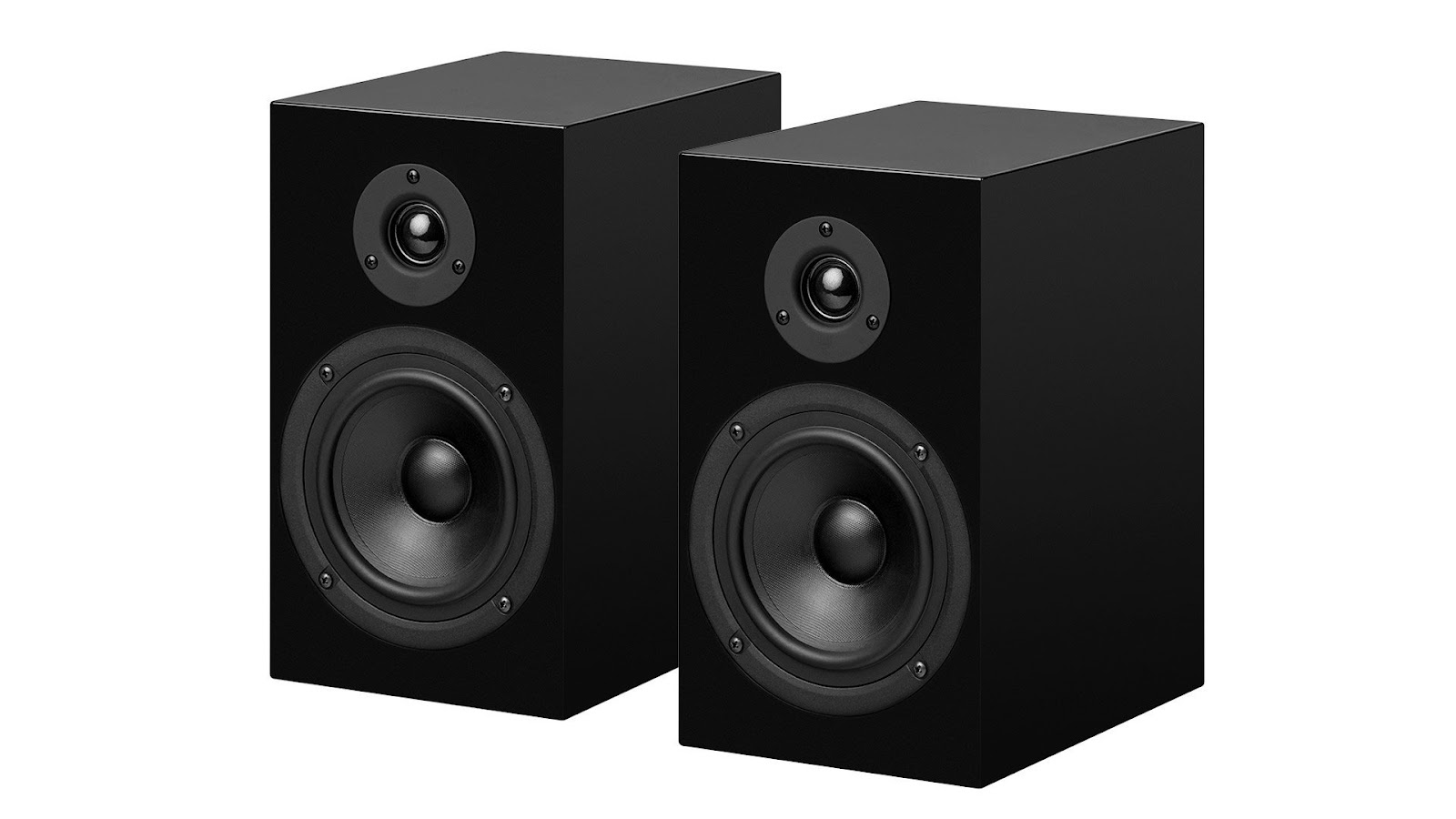Besides the speaker itself, you should also consider the materials used to make the speaker box. The materials used to make the box should match the Resonance frequency of the loudspeaker. There are many different types of speaker enclosures. Then, you can choose the best one for your needs.
Features of a speaker box
Before you start designing your speaker, it is imperative to know the various features of the speaker box. There are some key features that should be considered for a good sound system. The software will even help you choose the type of driver and the enclosure. There are also many tools available on the market that help you design your speaker box.
Before building your own speaker box, consider the following factors: size, shape, and material. A sturdy piece of wood can prevent the box from being too heavy or too lightweight. You will also need different types of screws, glue, speaker cloth, and braces. Once you know all these specifications, it is time to start building your speaker box.
A good box is made of thick front baffle material, which helps in mass load and reduces the transfer of vibrations from the driver basket to the rest of the cabinet. A thicker front baffle will compensate for the fact that you cannot mount the drivers flush with the cabinet. The thickness of the front baffle board will influence the resonance and durability of your speaker box.
Types of speaker enclosures
This made them susceptible to convection, which cooled the electronics inside. Today, manufacturers make loudspeaker enclosures out of medium-density fiberboard. Listed below are the different types of speaker enclosures and their uses. They can also be classified according to their size and location.
Infinite bafie: This speaker enclosure design features a port on the wall that faces the same listening area as the cone. This design is often placed below the cone but is not limited to this position. The air suspension principle is also used by Altec-Lansing in its Barcelona home speaker.
Compromise: The bass reflex speaker is an example of a compromise between size and frequency response. A port is also used for the speaker’s wiring. This combination allows it to be very compact and can provide a high-quality sound at low frequencies. There are numerous other advantages to this design, including a lower price than conventional bass reflex speaker cabinets.
Resonance frequency of a loudspeaker
Depending on the design of a speaker, the resonant frequency of the box can vary quite a bit. Standard speakers are typically designed to have a resonant frequency between 20 Hz and 20,000 Hz, and their resonant frequency will depend on the speaker type, as well as its physical characteristics.
The lower the resonant frequency, the better. A 55Hz speaker will have a deeper bass tone, while a 75Hz speaker will produce a tight bottom and more defined upper midrange. A 75Hz speaker will be more precise in its reproduction of high-frequency tones, but still retain a ringing sound in its enclosure
Other options for the materials used in a speakers box are cheaper, flimsy plastic, or other materials. Plastics are not rigid, and they can also have curved surfaces. Fortunately, there are some materials you can purchase that are highly effective at soundproofing speakers.
Materials used to make a speaker box
If you’re building your own speaker boxes, you’ll need to decide which materials are most appropriate for your needs. Standard pine is inexpensive and is readily available at hardware stores. It is durable, rot-resistant, and can be painted. Although it’s softer, pine’s acoustics make it better for sound absorption.
MDF (medium density fiberboard) is made of recycled wood particles and is popular for speaker boxes. MDF is also dense enough to withstand varying temperatures and weather conditions without disrupting the sound of the speaker. Plywood is a popular option for building a speaker box. It’s lightweight, has good durability, and is free of defects.
Cost of a speaker box
The cost of a speaker box varies greatly and a lot depends on its type. Traditional mid to large-size speaker enclosures are made of wood, while other materials are making a comeback.
If you want to enjoy the high-end sound of a professional-quality system, then you’ll want to consider buying a speaker box that can handle high-end music and audiophile-grade sound. Speaker boxes can also double as multi-room audio systems, bringing clear, deep bass to the fore.
A simple speaker box with a single 3-inch woofer and a 0.75-inch tweeter can sound excellent for your music collection. A bass-reflex design is another excellent choice for the budget-minded. These boxes can be built with a port in your system to allow for the connection between the two.
